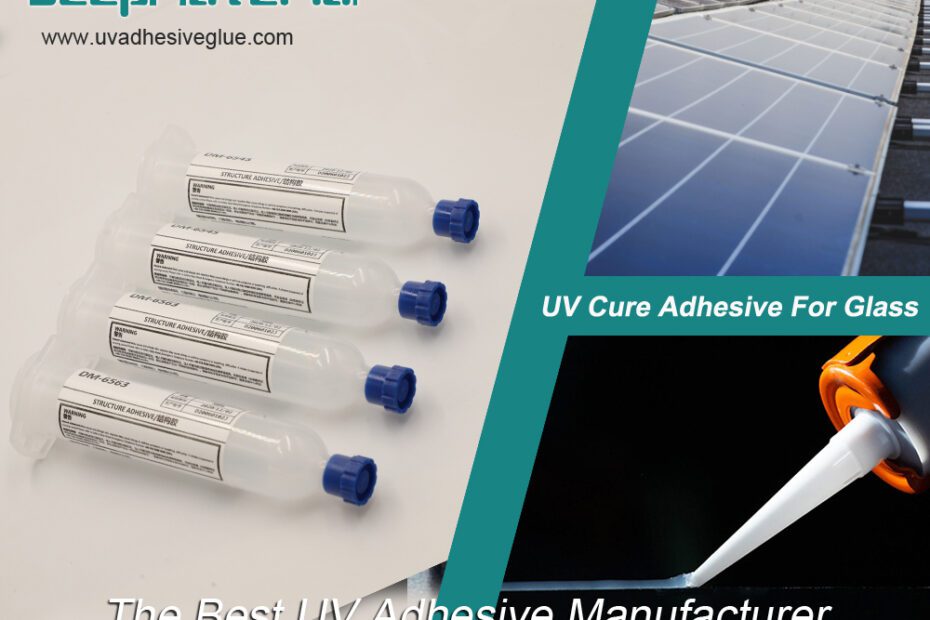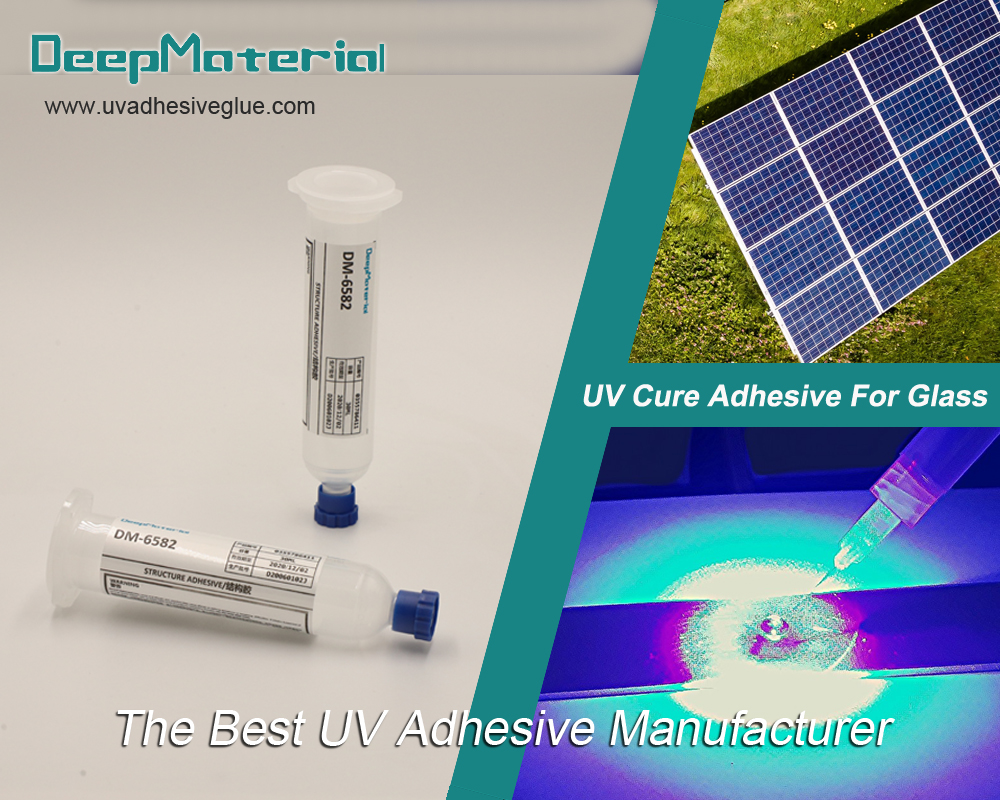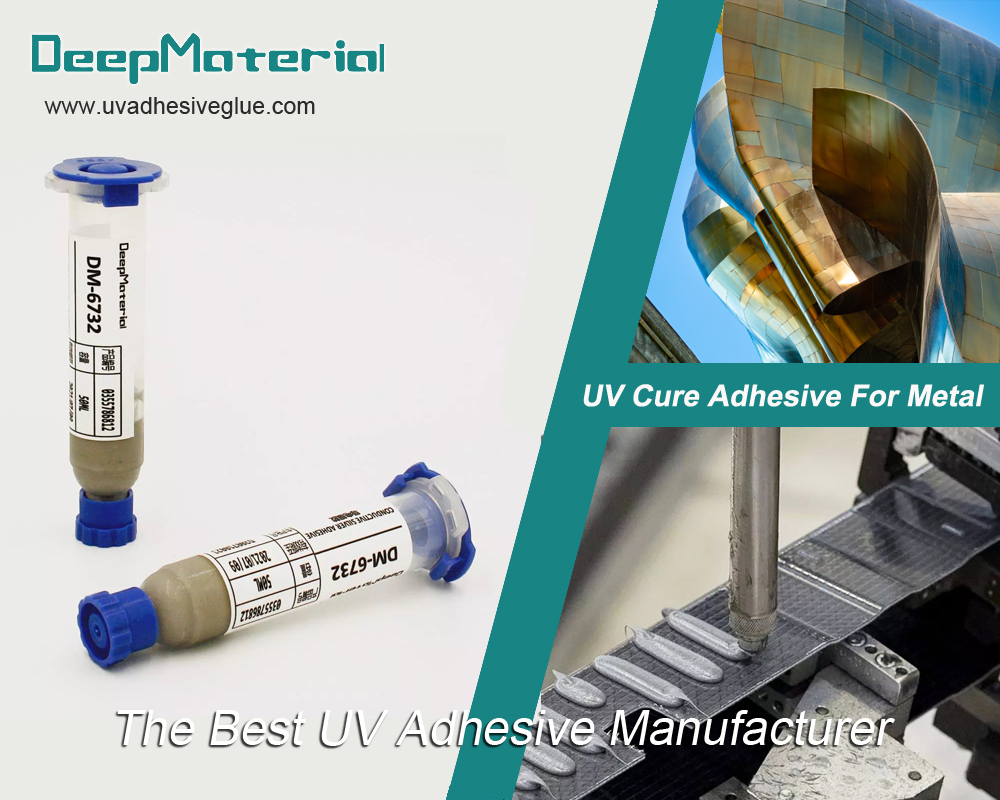Enhancing Bonding Strength with UV-Cure Silicone Adhesive: Tips and Techniques
UV-cure silicone adhesive is an adhesive which cures whenever exposed to ultraviolet (UV) light. It is commonly used in various industries for bonding and sealing applications. This adhesive offers several advantages over traditional adhesives, including faster curing time, higher bonding strength, and resistance to temperature and chemicals.
Bonding strength is a critical factor in adhesive applications as it determines the durability and reliability of the bond. A strong bond ensures that the adhesive can withstand various stresses and forces, such as tension, compression, and shear. This is especially important in industries such as automotive, aerospace, electronics, and medical, where the adhesive is subjected to harsh conditions and needs to maintain its integrity over time.
Understanding Bonding Strength and its Importance
Bonding strength refers to the ability of an adhesive to create a strong and durable bond between two surfaces. It is measured in terms of the force required to break the bond, usually expressed in pounds per square inch (psi) or Newtons per square millimeter (N/mm²). The higher the bonding strength, the stronger the bond.
The importance of bonding strength in adhesive applications cannot be overstated. A weak bond can lead to adhesive failure, resulting in product malfunction or even safety hazards. For example, in the automotive industry, a weak bond between two metal parts can cause them to separate during operation, leading to accidents or equipment failure. In the medical industry, a weak bond in a medical device can compromise its effectiveness and pose risks to patients.
Factors Affecting Bonding Strength
Several factors can affect the bonding strength of UV-cure silicone adhesive. It is important to consider these factors during the adhesive application process to ensure optimal bonding performance.
Surface preparation: Proper surface preparation is crucial for achieving optimal bonding strength. The surfaces to be bonded should be clean, dry, and free from any contaminants such as dust, grease, or oils. Any residue on the surface can interfere with the adhesive’s ability to bond effectively.
Adhesive application technique: The technique used to apply the adhesive can also impact bonding strength. It is important to apply the adhesive evenly and in the correct amount to ensure proper coverage and contact between the surfaces. Uneven application or excessive adhesive can result in weak bonds or adhesive failure.
Curing time and temperature: The curing time and temperature play a significant role in the bonding strength of UV-cure silicone adhesive. It is important to follow the manufacturer’s recommendations for curing time and temperature to ensure proper curing and optimal bonding performance. Deviating from these recommendations can result in weak bonds or incomplete curing.
Surface Preparation Techniques for Optimal Bonding
Proper surface preparation is essential for achieving optimal bonding strength with UV-cure silicone adhesive. There are several techniques that can be used to prepare the surfaces for bonding.
Cleaning and degreasing: The first step in surface preparation is to clean and degrease the surfaces to be bonded. This can be done using a mild detergent or solvent to remove any dirt, dust, grease, or oils. It is important to ensure that the surfaces are completely clean and dry before applying the adhesive.
Abrasion and roughening: In some cases, it may be necessary to abrade or roughen the surfaces to improve adhesion. This can be done using sandpaper, a wire brush, or a chemical etching solution. Abrading or roughening the surfaces creates a rough texture that allows the adhesive to penetrate and bond more effectively.
Priming and activation: Priming and activation techniques can also be used to enhance bonding strength. Primers are applied to the surfaces before the adhesive to improve adhesion. Activation techniques, such as plasma treatment or corona discharge, can be used to increase the surface energy of the materials, promoting better wetting and adhesion.
Tips for Applying UV-Cure Silicone Adhesive
To ensure optimal bonding strength with UV cure silicone adhesive, it is important to follow proper application techniques. Here are some tips to consider:
Proper dispensing and mixing: Follow the manufacturer’s instructions for dispensing and mixing the adhesive. Use the recommended dispensing equipment and ensure that the adhesive is mixed thoroughly and evenly. Proper mixing ensures that all components of the adhesive are properly activated and can bond effectively.
Correct application technique: Apply the adhesive evenly and in the correct amount to ensure proper coverage and contact between the surfaces. Use a brush, roller, or dispensing equipment to apply the adhesive smoothly and evenly. Avoid excessive adhesive as it can result in weak bonds or adhesive failure.
Avoiding air entrapment: Air entrapment can weaken the bond and result in adhesive failure. To avoid air entrapment, apply the adhesive in thin layers and use a roller or squeegee to remove any trapped air bubbles. Additionally, ensure that the surfaces are properly aligned and pressed together firmly to eliminate any air gaps.
Curing Time and Temperature Considerations
The curing time and temperature are critical factors in achieving optimal bonding strength with UV silicone adhesive. It is important to consider these factors during the adhesive application process.
Optimal curing time and temperature: Follow the manufacturer’s recommendations for curing time and temperature. Different adhesives have different curing requirements, and deviating from these recommendations can result in weak bonds or incomplete curing. Ensure that the adhesive is exposed to the recommended UV light intensity and duration for proper curing.
Effects of temperature and humidity on curing: Temperature and humidity can affect the curing process of UV-cure silicone adhesive. Higher temperatures can accelerate curing, while lower temperatures can slow it down. Similarly, high humidity can affect the curing process by interfering with the UV light penetration. It is important to consider these factors and adjust the curing conditions accordingly to ensure proper curing and optimal bonding performance.
Wrapping It Up
In conclusion, enhancing the bonding strength of UV-cure silicone adhesive is a process that requires a keen understanding of the adhesive’s properties, as well as the right techniques to maximize its potential. The use of UV-cure silicone adhesive has revolutionized various industries due to its unique characteristics such as high flexibility, excellent adhesion, and resistance to harsh conditions. However, achieving optimal bonding strength is not always straightforward.
For more about choosing the UV curing silicone adhesives, you can pay a visit to DeepMaterial at https://www.uvadhesiveglue.com/uv-curing-adhesives/for more info.


